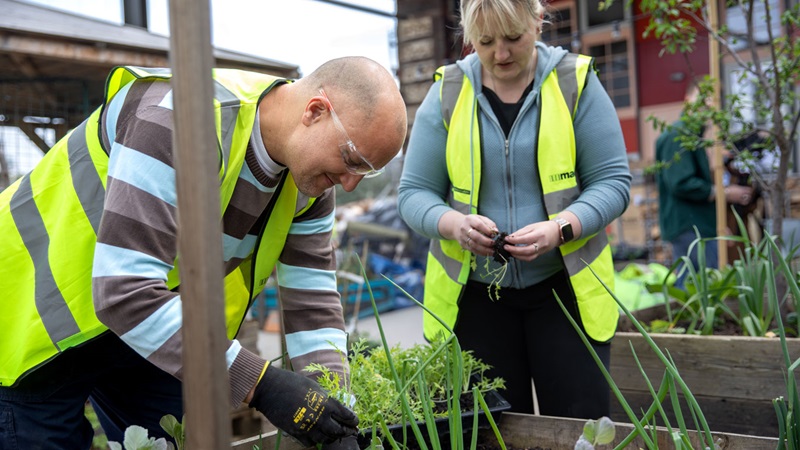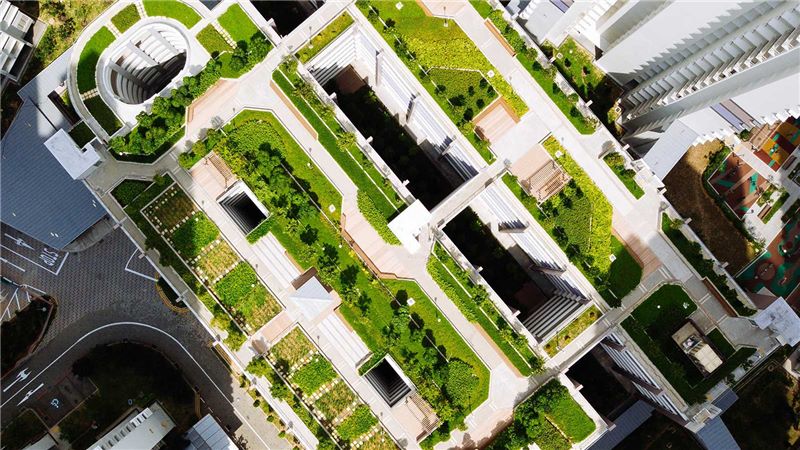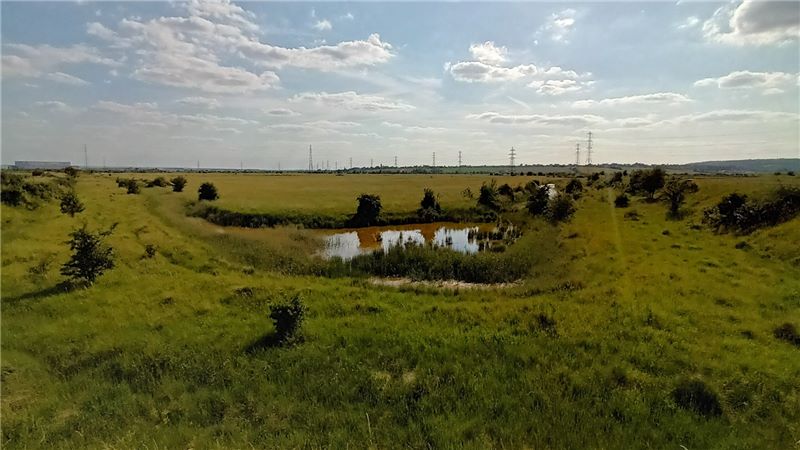Earth Day 2024: Navigating the Future of Conservation
As we mark Earth Day, its timely to reflect on the significant environmental policy shifts which have been rolled out in England which will shape the future of conservation through mandated biodiversity growth.
Biodiversity covers plant and animal life in the world, in all forms and interactions. It ranges from genes to species to ecosystems and it matters because it supports the vital benefits that we enjoy from our natural environment.
Without biodiversity; our economy, our health and wellbeing would suffer. That is why focusing on biodiversity growth and resilience is a core part of being a responsible business - and why we should welcome the recent regulatory shifts, intended to bolster the natural world around us.
What has changed?
An impactful shift for England mandatory Biodiversity Net Gain (BNG) has been introduced for construction projects. The changes are to ensure that nature is not destroyed but, rather, regenerated as part of the development.
The BNG legislation, mandated under the Environment Act 2021 and operational through the Town and Country Planning Act 1990 amendments, offers potential to begin healing habitats and wildlife. It challenges developers, designers and ecologists alike to adapt to new ways of working - and new ways of considering all living things around them.
Under the changes, planning permissions in England now require a minimum of 10% BNG, a commitment to enhancing biodiversity resilience, and small sites must also ensure habitats are secured for at least 30 years.
Are all developments impacted?
Central to understanding these regulatory shifts is a grasp of the exemptions within the legislative framework.
Permitted Development, Crown Development, and certain self-build projects are among the projects that are exempt from the biodiversity net gain requirement, although the criteria are subject to nuanced considerations such as habitat size and conservation area status.
Understanding these exemptions is paramount for those navigating the intricacies of the planning process.
The Five-Step Planning Process
Navigating the BNG landscape must be done in a structured way - but it can be simply explained within a five-step planning process. Each step demands rigorous collaboration between developers, designers, and ecological experts:
- Check Local Plans: Local Planning Authorities (LPAs) often have specific BNG requirements embedded within their Local Plans and Policies. Importantly, the mandated 10% net gain serves as a bare minimum, with some LPAs needing a higher percentage to align with local biodiversity targets and conservation priorities.
- Pre-Application Advice: Early engagement with local authorities and ecological consultants is pivotal to clarify local requirements and explore mitigation strategies tailored to the site's ecological context. This phase may involve considering a mitigating hierarchy application, these are proposed measures to minimise adverse biodiversity impacts and proactively enhance on-site biodiversity.
- Planning Application: A cornerstone of the BNG process, the planning application stage requires developers to submit a comprehensive Biodiversity Gain Statement. This document outlines the pre-development biodiversity value assessment, steps taken to mitigate adverse impacts, proposed on-site biodiversity enhancements, and potential off-site biodiversity contributions. Providing robust information at this juncture streamlines the approval process and reduces delays.
- Off-Site BNG: In instances where on-site BNG targets cannot be fully met, developers must explore off-site options. This may involve entering into Section 106 agreements or conservation covenants to secure off-site biodiversity enhancements. Selecting and registering of off-site land on Natural England's register is key, with careful consideration of proximity and ecological connectivity to the development site.
- Discharge BNG Conditions: Upon obtaining planning permission, developers are tasked with submitting a comprehensive biodiversity gain plan. This plan, subject to approval by the Local Planning Authority (LPA), includes statutory biodiversity metric calculations, pre- and post-development habitat plans, habitat management and monitoring protocols, and documentation regarding off-site biodiversity contributions. Compliance with these conditions ensures you will stick to BNG obligations throughout the project lifecycle.
The efficacy of the five-step planning process hinges on proactive collaboration between developers, designers, ecologists, and regulatory authorities. By embracing a holistic approach grounded in ecological integrity and sustainability principles, stakeholders can navigate the complexities of BNG legislation while fostering synergies between development aspirations and conservation goals.
The arrival of Biodiversity Net Gain legislation heralds a paradigm shift in environmental governance, demanding a harmonious blend of ecological stewardship and sustainable development.
This Earth Day, let us all commit to a future where ecological health and human progress coexist harmoniously. By embracing these changes with foresight and collaboration, we can forge a future where ecological vitality thrives alongside human progress. Together, we can sow the seeds for a biodiverse, sustainable future.
First published in Construction News.












